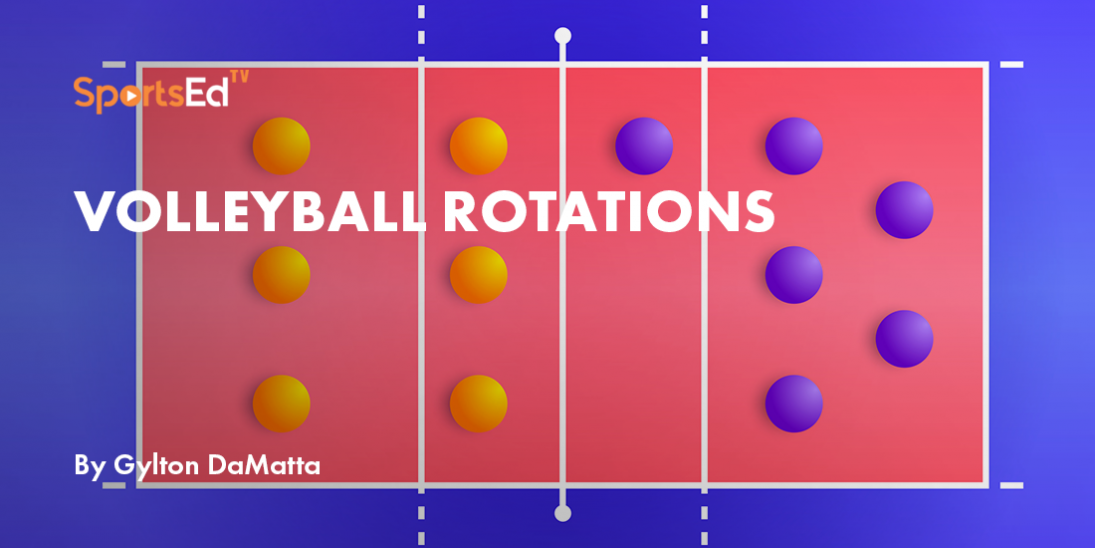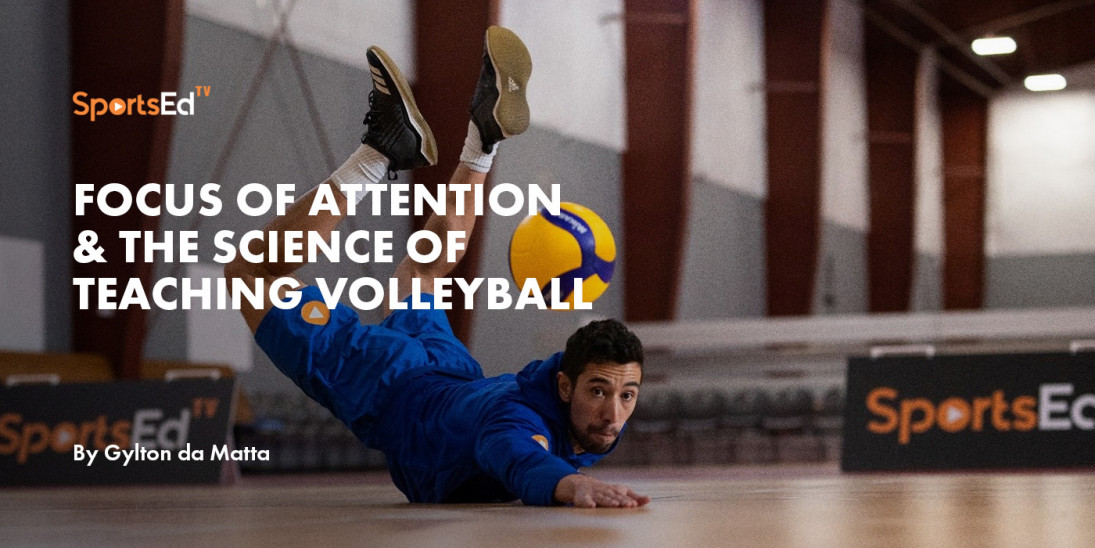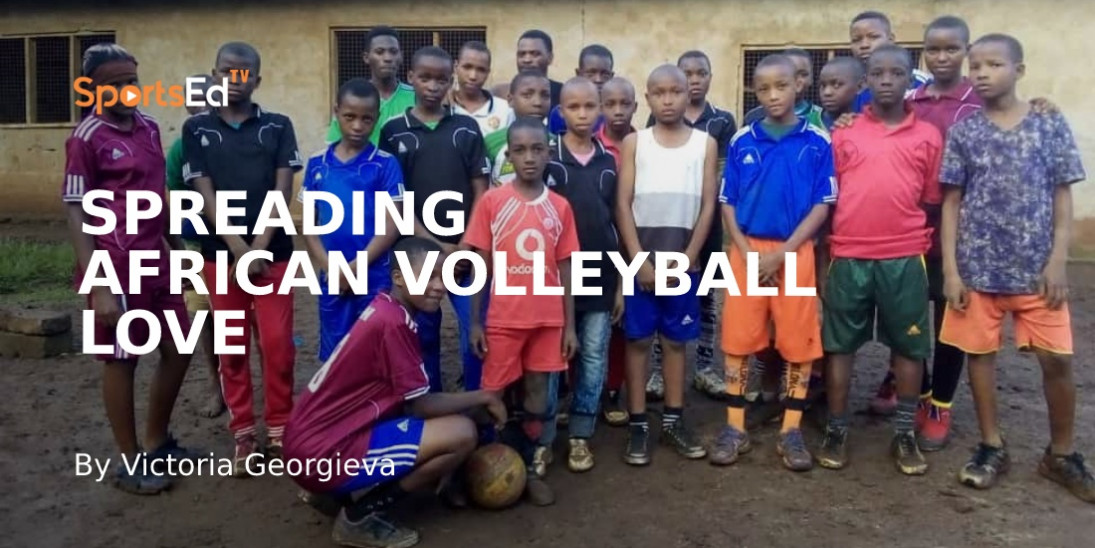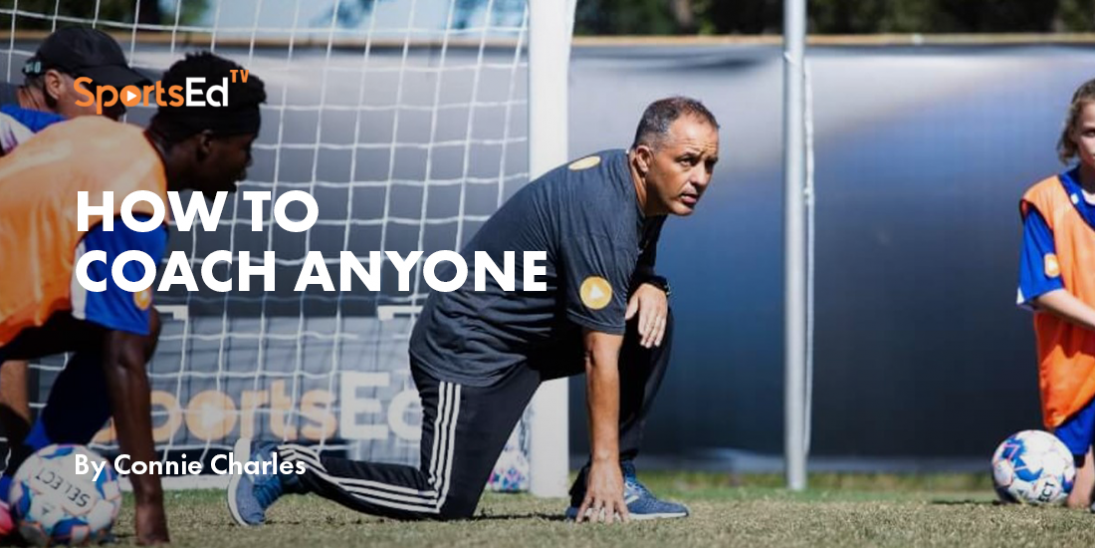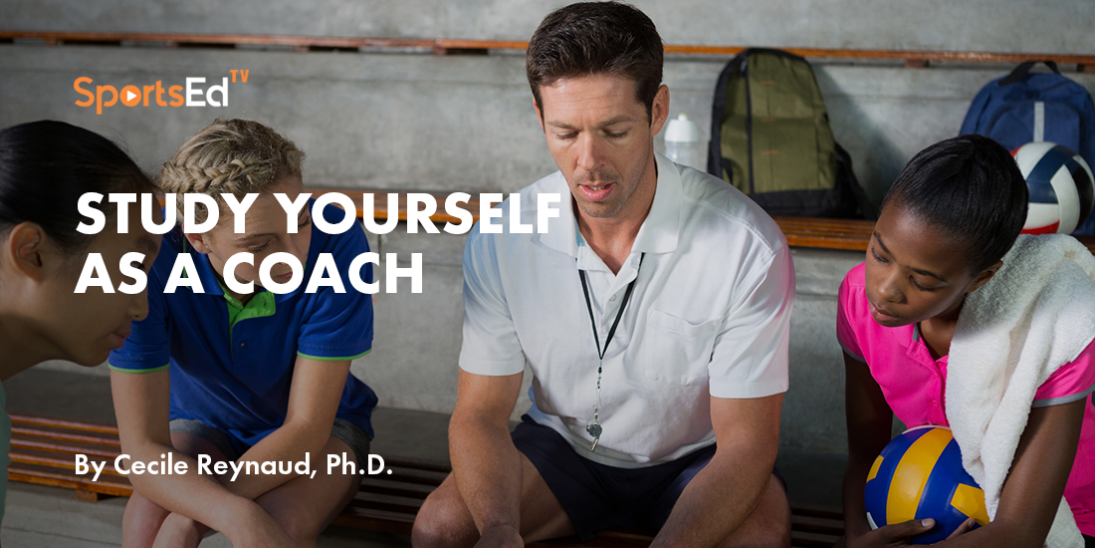Volleyball
Welcome and thanks for visiting...

Underhand Serves
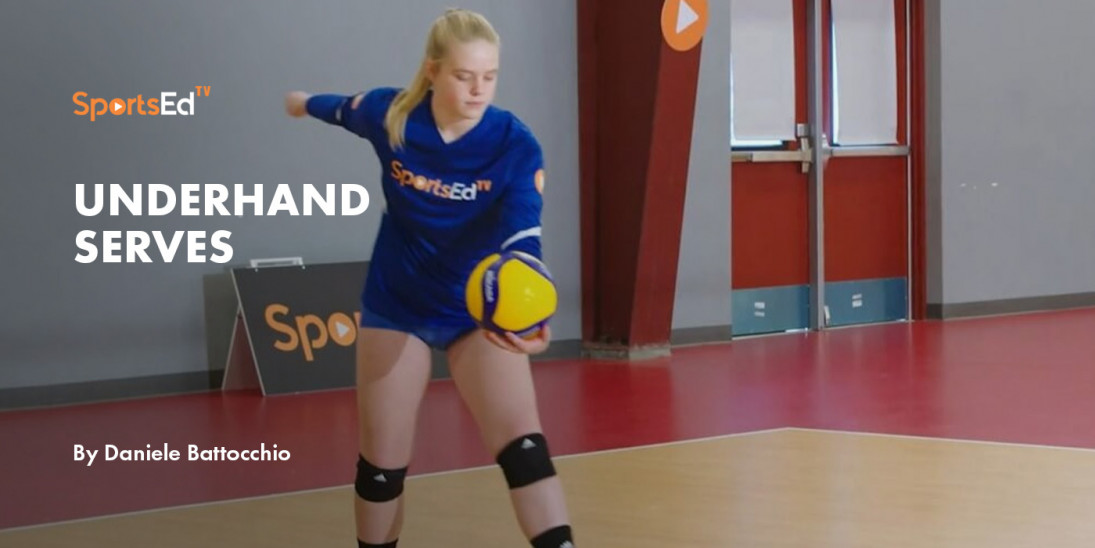
The underhand serve is the batting technique used in promotional levels, in Italy generally up to the under 13 category. The technique is relatively simple to learn. Given its limited use, the topic is not dealt with in some texts. For example, in the first level trainee-coach technical manual written by FIPAV, the service from below is not present.
As reported by Da Matta et al. (2013), the reasons for abandoning this technique can be multiple:
Coaches feel too much pressure to win, and they don't have the time to teach other serving styles. For a tactical option, coaches skip teaching the underhand serve and implement teaching the upperhand serve. Educational programs of coaching have simply ignored the underhand service and emphasized the upperhand service.
Before illustrating my personal point of view regarding this type of service, I want to make a brief technical review. From a technical point of view, the underhand service can be broken down into posture, toss and contact with the ball.
Posture
The server stands in front of the area he wants to hit, with his left foot forward (right-handed) or right (left-handed). In the case of a right-handed player, the front foot will be the left, and the ball will be held on the left hand. The torso is slightly forward. Some books report that the weight should be on the forward foot, personally as other texts report, I prefer the weight to be on the back foot.
Toss
While the underhand serve does not require the server to throw the ball into the air, the mechanics are similar to the top serve.
The ball held on the left hand (right-handed player) is positioned in front of the longitudinal axis of the body, the throw is very small or absent and as a reference I prefer that the body axis be kept.
Contact
The spike on the ball occurs with a pendulum motion of the arm. The ideal contact point for the underhand serve is slightly bellow the center of the ball, to give the ball an upward trajectory to pass the net. The impact on the ball can take place with an open hand or with the fist, for those with little strength.
What can I transfer from underhand to upperhand service?
Perhaps one of the elements that lead us coaches to consider this technique less is the little use we see in it. Underhand serve is seen as an element that will be abandoned and therefore deserves little attention. Personally, I think this point of view can be shared as long as it exploits the potential of this technique to the full, favoring a long-term development for the player.
The two techniques are different, but they have elements in common that we as coaches should consider: posture and position of the feet; transfer of weight; spike on the ball and differentiation of trajectories; tactics, and twist.
The position of the feet is definitely an element that we transfer from the underhand serve to the foot-to-ground service; moreover, the posture in front of the target or the area I want to hit is another element present in the two techniques.
A second aspect of notable importance is learning to transfer weight from the rear foot to the front foot, coordinating it now with a small throw, which will become higher when you switch to the top serve. This second aspect, if present, makes the service from above simpler, more effective, and less traumatic.
Learning the spike on the ball also involves serving from underhand, experimenting with different ways of hitting the ball, and creating different trajectories. Once the technique is stabilized, I like to experiment with different ways of hitting the ball: open hand, fist, and cutting.
An important aspect is the differentiation of trajectories. The ball responds to how we hit it, I find it very useful even in the little players to create this type of awareness on the differentiation of trajectories and on the point of impact. When they pass to upperhand service, they will certainly have to reorganize themselves from a coordinative point of view, however, they will already find common elements on the knowledge of the trajectories.
Once a young player acquires a certain degree of technical control, I like to insert a tactical component into the service through simple games or challenges. Hitting the longitudinal left or right half of the court and hitting along or within three meters are elements we can add. In addition to the tactical element, we learn to measure strength and vary the trajectory, laying the foundations for the development of tactical thinking.
The last element concerns the torsion (torque). With the aim of exploring the movement and acquiring its skills, during some sessions, I insert the lateral service (sidearm-serve). This technique in addition to generating much more power thanks to the twist, allows introducing it to the players in an implicit way. The technique requires the player to stand with their feet shoulder-width apart and perpendicular to the net. The weight is lightly on the back leg. The ball is held with the hand opposite to the one that will hit the ball. The throw is very small, and immediately afterwards the hip and shoulder begin to rotate towards the target, this causes the weight to shift to the front foot. An excellent description of the technique can be found in the Coaching Volleyball Technical and Tactical Skills book.
From a practical point of view, with mini volleyball groups, I will introduce the service from 8-9 years. First, I focus on the toss to get the game started. My methodology always involves a starting question, asking the children if they know or have already seen the technique. From here, we start by highlighting the key points of the technique and using some blocked repetitions. Having acquired the technique, I let the contexts train it; I really like using battles against 1 vs 0 (me against myself), or against the opposing team or within Small Sided Games. For groups under 12 and under 13, where the technique is now well established, I like to create variation in the way of hitting the ball and in the differentiation of trajectories. However, the principles remain the same, i.e., 90% of games start with a serve, so the serve is always present.



